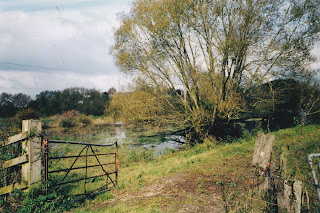Blogtober 27 - Plimsolls or pumps?
I see that the pumps/plimsolls argument is raging over on twitter again. It's a completely ridiculous conversation as they are obviously daps as anyone from the west of England knows!
It is a commonly held belief that this term comes from the initials of The Dunlop Athletic Plimsoll (DAP) factory in Bristol. The fact that 'daps' is commonly used around Bristol, Bath, Somerset and across in South Wales does seem to back this story up.
The term 'plimsolls' for these shoes comes from their resemblance to the line on ships and
the fact that you get wet feet if you get water above the sole. Samuel Plimsoll also has a Bristol connection having been born in the city. He is best known as a social reformer, English politician and inventor of the Plimsoll line. This mark on a ships hull is a reference to indicate the safe limit that a vessel can be loaded to or how deep in the water it can safely sit. His work to enshrine this line in law in the 1870's was part of his work that improved safety at sea.
As for the etymology of pumps which is more common in the north of the country, it is possibly a far older term. In the 1500s unheeled shoes worn by men and servants were known as 'pompes'. The term pump in Britain generally refers to a flat or low heeled shoe.
 |
| Bristol Harbour with cranes that were used for loading cargo on the quayside |
In case you didn't get the Bristol connection, Tarquilla was launched at Bristol Harbour in the 1970's.




Comments
Post a Comment